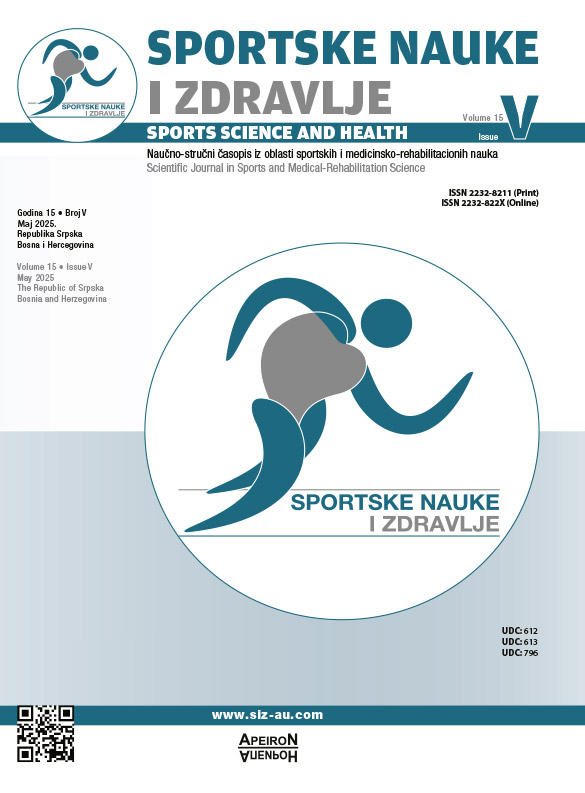Disability-Based Inequalities in Elite Sport: The Perspective of Deaf Female Athletes in Croatia
DOI:
https://doi.org/10.7251/SSH25V054VKeywords:
female athletes, top-level sport, disability, specificities, deaf sportAbstract
Many factors contribute to the disadvantage of women in sports, which are certainly even more pronounced when considering the position of women with disabilities. Hearing impairment is mostly defined as “hidden disability”, not only due to lack of visible symptoms, but also due to long-term stigmatisation and political neglect. The research problem of paper was to study possible inequality in the gender distribution between top Croatian athletes with disabilities (deafness) and without disabilities, and to direct further analysis towards the specificities of deaf female athletes. The sample of respondents consisted of 322 athletes of both gender who had a valid decision on allocating the athlete to the first category by the Croatian Olympic Committee and the Croatian Deaf Sports Association. The main results show that there are differences in gender distribution among top Croatian athletes with regard to the sports system. The difference obtained is in line with the assumption that there will be significantly fewer top deaf female athletes compared to top female athletes without disabilities. Special attention was given to the analysis of the specifics of deaf female athletes (age, region of residence, and number of sports with regard to classification, Olympic status and category). Women of all ages with any type of disability are generally among the more vulnerable and marginalized populations in society, therefore their problems need to be taken into account in all strategic processes in order to protect and promote their human rights and, where necessary, eliminate inequalities between women and men.
